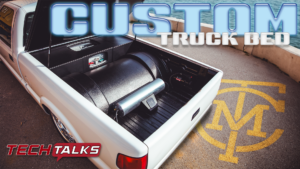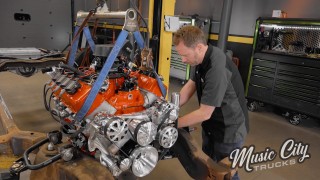The Differences And Uses For Specific Hammers
If you’ve got something that moves, and shouldn’t you need duct tape. And if you’ve got something that doesn’t move, but is supposed to you need WD-40. But sometimes you need a little extra push to get in the direction you’re going. And that’s where hammers come into play. A lot of times people just grab whatever tool is closest, but there are actually hammers out there made specifically for certain jobs.
Rubber mallet and brass hammers are on the softer side. A rubber mallet hammer is good for something you don’t want to scuff or mark up, like a painted surface or chrome. If you want to put a gear under a crankshaft or timing set, that’s where you would use the brass hammer.
Next up is the dead blow hammer. It’s a pretty common shop hammer because it’s not actually made of metal. It’s made of a hard plastic but both the handle and the hammerhead flex. There is a metal shot inside so when you swing it, the metal shot moves towards the front of the hammer. There are several different sizes to choose from.
The ball pein hammer is common for metal-working. They’re called a ball pein because of the ball on one end, of course, and the regular hammerhead on the other side. They also, come in several sizes. There is also a hybrid between a ball pein and dead blow which is called a dead blow ball pein. It’s got a more flexible handle and the metal shot in the head as well as the steel ends.
Last but not least is the sledgehammer and club hammers. Other than being heavy, the handles on these are reinforced so if you overstrike the handle doesn’t break or hurt the user.









